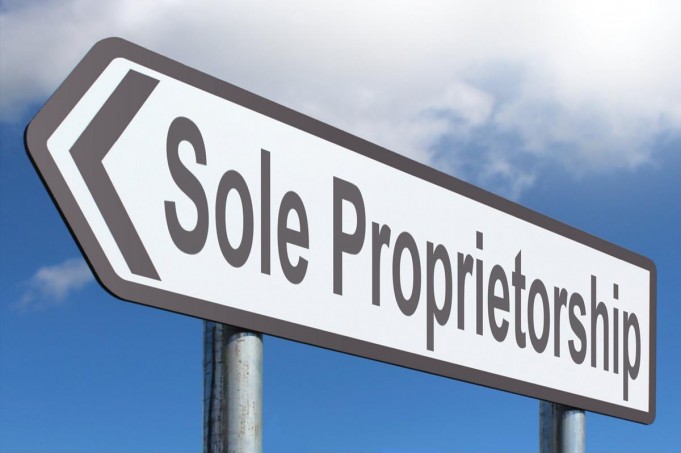What is Sole Ownership
The sole ownership is the least complex business structure under which one can start a business. The sole ownership is certifiably not a legitimate substance. It essentially alludes to an individual who possesses the business and is by and by answerable for its obligations.
Sole ownership can work under the name of its proprietor or it can work together under an invented name, for example, Nancy’s Nail Salon. The imaginary name is just an exchange name- it doesn’t make a lawful substance separate from the sole owner proprietor.
The Business Structure of Sole Ownership
The sole owner is a famous business structure because of its effortlessness, simplicity of arrangement, and ostensible expense. A sole owner needs to register their name and secure nearby licenses. The sole owner now is prepared for business.
An unmistakable drawback, notwithstanding, is that the proprietor of sole ownership remains by and by at risk for all the business’ obligations. Along these lines, if a sole owner business runs into money related difficulty, loan bosses can bring claims against the entrepreneur.
In the event that such suits are fruitful, the proprietor should pay the business obligations with their own cash. The proprietor of sole ownership commonly signs contracts in their name, because the sole owner has no different character under the law.
Compose Checks
The sole owner proprietor will ordinarily have clients compose checks in the proprietor’s name, regardless of whether the business utilizes an invented name. The Sole owner proprietors can, and frequently do, coexist individual and business property and assets, something that associations, LLCs, and organizations can’t do.
Sole ownerships frequently have their ledgers for the sake of the proprietor. Sole owners need not watch customs, for example, casting a ballot and gatherings related to the more mind-boggling business structures.
Claims
The Sole ownerships can bring claims (and can be sued) utilizing the name of the sole owner proprietor. Numerous organizations start as sole ownerships and graduate to progressively complex business shapes as the business creates. Since sole ownership is indistinct from its proprietor, sole ownership tax assessment is very basic.
What is Schedule C
The salary that can be earned by a sole owner is pay earned by its proprietor. A sole owner reports the sole ownership pay and additionally misfortunes and costs by rounding out and documenting a Schedule C. Alongside the standard Form 1040.
Your benefits and misfortunes are first recorded on a tax document called Schedule C, which is documented alongside your 1040.
Reality Sum
At that point, the “reality sum” from Schedule C is moved to your assessment form. This angle is appealing because business misfortunes you experience the ill effects of different sources. As a sole owner, you should likewise document a Schedule SE with Form 1040. You use Schedule SE to figure how much independent work charge you owe.
Sole owners are by and by at risk for all obligations of a sole ownership business. How about we look at this all the more intently because the potential risk can be disturbing.









